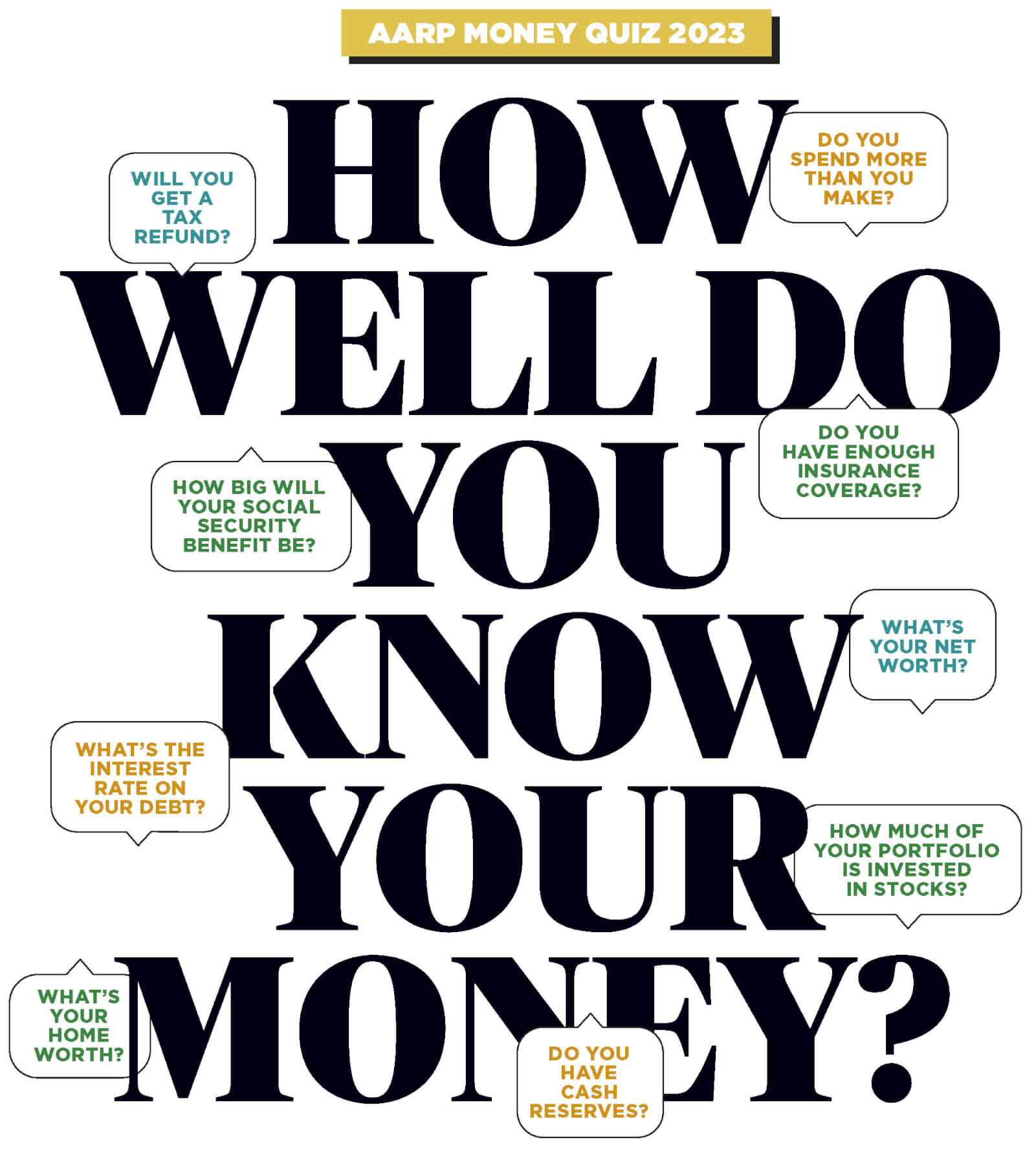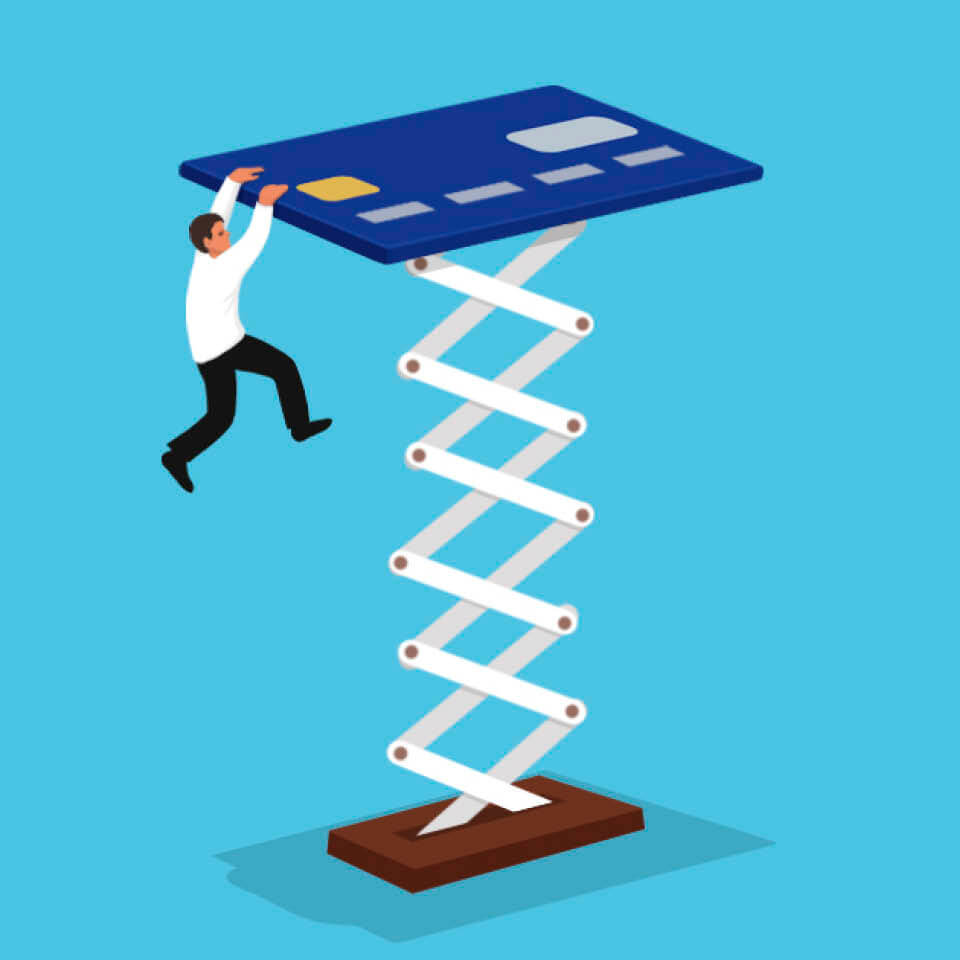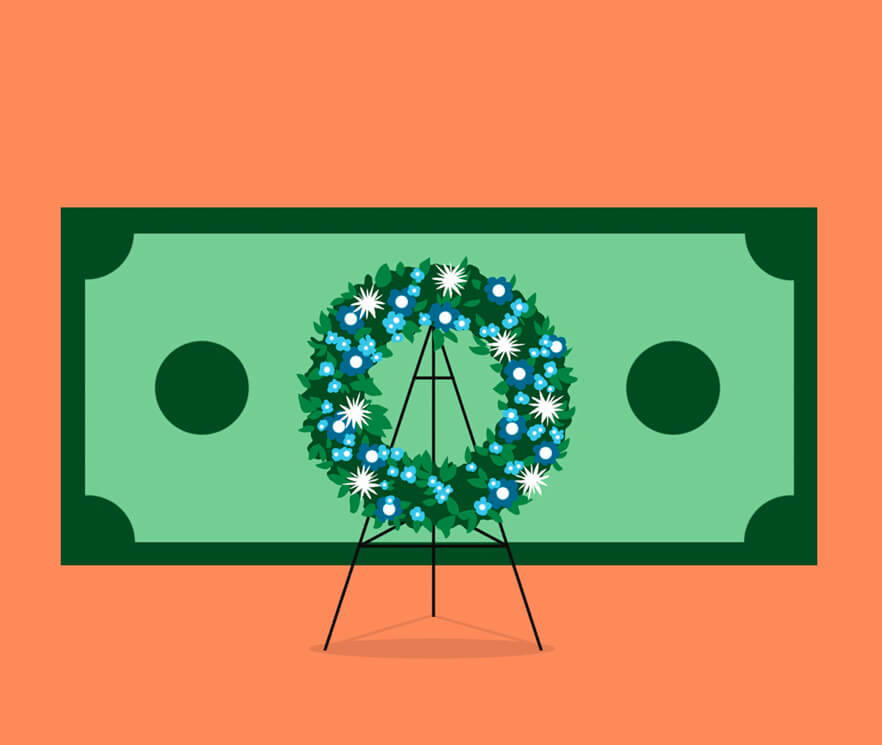FEATURE STORY

You likely have a good handle on your vital health measurements like weight, cholesterol and blood pressure. But do you have similar smarts about your vital money measurements? Take this quiz to find out how well you know your financial health—and to see what your answers can tell you about improving your financial security
BY KIMBERLY LANKFORD
ILLUSTRATIONS BY KIERSTEN ESSENPREIS

Q. Last month, did you spend more or less money than you brought in?
MEASURE: CASH FLOW
Positive cash flow—having more money coming in than going out—is a timeless, fundamental principle of financial health.
DIVE DEEPER Add up how much money you bring home each month. Then review several months of credit card statements and bank statements to total up your outlays. Subtract average monthly spending from average take-home pay. Is the number positive or negative? Or try this simpler method: Look at a year-old bank statement. If you have more money in the bank now than you did before, that’s good. Then compare any credit card debt you’re carrying with your balance from a year ago. If the balance has grown more than your bank account has, that’s not so good.
If what you spend on shelter, food and health care for yourself and your loved ones leaves you little or no cash for anything else, consider making major changes, such as trading down to a smaller dwelling. And take a hard look at your discretionary spending, says Kathryn Peyton, a financial planner at Abacus Wealth Partners in Sebastopol, California: “Ask yourself, ‘Are those really the categories I want to be spending money on, and, if not, how do I change my patterns?’ ”

Q. If you were to sell your home right now, how much cash would you walk away with?
MEASURE: HOME WEALTH
You may be counting on selling your home to supercharge your retirement savings or buy your dream house. But the amount you’d actually get when you sell may be very different from the estimate you see online.
DIVE DEEPER To get an estimate of your home’s current value, try the websites Redfin or Zillow, or ask a local broker for an analysis based on recent sales in your area. Subtract from that your mortgage balance and any other housing debt. The result is your home equity.
But a sale will net you less than that. Expect to spend 9 to 10 percent of your sales price on commissions, closing and other costs, says Jacob Channel, a senior economist at LendingTree. Preparing your home for sale may cost you. Some good news: If you meet certain conditions, your first $250,000 in profit from the sale is free from federal taxes. (That’s for singles; $500,000 is excluded for couples.)
DID YOU KNOW?
In 2020, the median home equity for homeowners ages 55 to 64 was $162,000.
Q. Your water heater just died, and it’ll be $1,500 to replace it. Are you panicking?
MEASURE: CASH RESERVES
Financial crises are easier to handle if you have access to cash that isn’t earmarked for your regular expenses. Without an emergency fund, you may have to take on expensive debt or sell investments at a loss if you have unexpected bills or you lose your job.
DIVE DEEPER Ask yourself this question: How much extra money do you have in the bank other than the working cash you need to get through the month? Ideally, this extra cash is in a separate account that you’d be less likely to dip into for everyday expenses.
“Everyone’s emergency fund is going to look different, but everyone should have one,” says Kristen Griffith, a counselor with the Pittsburgh Financial Empowerment Center. She suggests you focus more on the process of building one than on a precise amount to aim for. “Savings is about the habit and less about the amount,” she says. “Start with $1 or $25, but make it automatic so you don’t have to think about it.”

Q. What is the highest interest rate you’re paying on any debt?
MEASURE: DEBT MANAGEMENT
The higher the interest rate on a particular loan or credit card, the bigger the benefit of paying it off as quickly as you can. Let’s say, for example, that you have 10 years remaining on a 30-year, 4 percent fixed-rate mortgage, and you’re also carrying a big balance on a credit card with an interest rate of 21 percent. Put an extra $1,000 toward your mortgage and you’ve cut your interest costs by an average of $48 per year. Put that same amount toward your credit card balance and you’ve saved yourself $234 in interest in a single year.
DIVE DEEPER Find the rate you’re paying on each of your debts by looking at your monthly statements. “If you are over 50 and want to pay off debt before retirement, it’s a good idea to aggressively focus on higher-rate debt, such as credit cards,” says Gerri Detweiler, who writes about credit and other topics.
Comparing the rates on your debt to the interest on your savings may also spur you to use more cash for payoffs. “It’s amazing how often I’ll see someone with a lot of money in the bank earning 2 or 3 percent, and with credit card debt or a home equity line of credit at a 7 to 9 percent rate,” says Mark Cortazzo, a financial adviser at Wealth Enhancement Group in Parsippany, New Jersey.

Q. If you get hit by a bus, how large an insurance payment will your survivors receive?
MEASURE: FAMILY SECURITY
Your needs have likely changed since you first bought life insurance, but you may still need it if the loss of income from your paid work, or the cost of replacing your unpaid labor, will cause hardship for your survivors.
DIVE DEEPER Did you buy a 20-or 30-year term policy? Consult your copy to check the expiration date and other terms. (If you can’t find the paperwork, reach out to your insurer or agent.) You may need insurance beyond the original term if, for example, you have a special-needs child who will always depend on you financially. You may be able to convert your term policy to a permanent one without factoring in changes to your health. If you need insurance only for a limited time—say, until your mortgage is paid off—you could just get a new 10-year term policy if you’re relatively healthy, Cortazzo says.
Q. When you saw your final income tax bill (or refund) this year, was the amount far different from what you expected?
MEASURE: TAX MANAGEMENT
Keeping up with your tax situation throughout the year can help you avoid a big bill at tax time (and possible penalties) or a long wait for a refund when you could have used the extra money during the year.
DIVE DEEPER Owing a lot with your return is a common hazard for people who have income in the form of freelance work or taxable investment returns. If that applies to you, make estimated tax payments throughout the year to avert pain or penalties next year. These payments are usually made on a quarterly basis to the IRS and to states levying an income tax. For more information, go to irs.gov and search for form 1040-ES, which includes instructions for filing. As an alternative to making these estimated tax payments, you can increase the withholding from your work as an employee, if you have that income too. Similarly, if all your income is employee earnings, you can file a new W-4 at work to have your employer raise or lower your withholding.
DID YOU KNOW?
Last year, two-thirds of taxpayers received refunds, on average nearly $3,200.
Q. When you start claiming your Social Security benefit, about how big will it be?
MEASURE: RETIREMENT READINESS
Social Security may be your main source of guaranteed lifetime income in retirement, especially if you don’t have a pension. For about 40 percent of Americans 65 and older, Social Security provides at least 50 percent of their retirement income; for 14 percent of Americans, it provides 90 percent or more.
DIVE DEEPER Sign up for a My Social Security account on the Social Security Administration’s website (ssa.gov/myaccount). You’ll find estimates of your benefits based on your work record and different claiming ages; although those figures will be presented based on current dollars, they’ll be changed over time to reflect any cost-of-living adjustments made to help keep pace with inflation.
Knowing these estimates now can help you better plan for retirement. Seeing your estimated monthly payments at different ages can also reveal the value of delaying claiming, if that’s possible for you. While you can start receiving reduced benefits as early as age 62, your monthly benefit will increase each month you delay claiming up until you turn 70.

Q. If you have retirement savings, roughly what percentage of it is in stocks?
MEASURE: INVESTMENT RISK
The ratio of stocks and stock funds to bonds and bond funds in your portfolio is generally a tension between risk and reward. Stocks typically offer higher potential returns, but they’re also more prone to downturns.
DIVE DEEPER Your latest retirement account statement should have a table or pie chart showing you what percentage of your total holdings is in stocks and what percentage is in bonds or cash. As you approach retirement, it’s important to dial back on risk—but not completely. “Generally, 50/50 is a minimum for most people looking at retirement,” says Patrick Carney, a financial adviser with Rodgers & Associates in Lancaster, Pennsylvania, “but for most people, 60/40 [stocks/bonds] makes most sense.” Your risk tolerance is also a key factor; if you’re going to sell stocks in a panic, you have the wrong mix, he says. As an alternative, you can invest in what’s known as a target-date fund. Its holdings automatically become more conservative as your retirement nears.
DID YOU KNOW?
People ages 55 to 64 with retirement accounts hold an average of 62% in stocks.

Q. Yes, you’re a wonderful human being, and you can’t put a dollar value on that. But how much are you worth?
MEASURE: NET WORTH
Your net worth—simply put, how much you have minus how much you owe—can be a guidepost on the road map to your future. “It helps you get a sense of how many resources you have if you need to tap them,” Cortazzo says.
DIVE DEEPER Add up the value of all of your savings, investments, property and other assets. (Stick with the big assets—your house and car, not your sofa, shoe collection or silverware.) From that number, subtract all of your debts. Use the resulting figure—your net worth—as a jumping-off point for some other questions. For example, what can you do, by way of increasing assets or decreasing debts, to improve your net worth? If you end up facing a major expense—say, long-term care—where could you get the money to pay for it? How much could you raise by selling assets? “If you look at your investments and home equity, that helps you see the resources available to supplement guaranteed income sources like Social Security. That can give you a much better sense of where the money can come from,” Cortazzo says.
Kimberly Lankford, a former columnist at Kiplinger’s Personal Finance, is the author of Rescue Your Financial Life.
AARP Money Map helps you manage your finances. Go to aarp.org/moneymap.